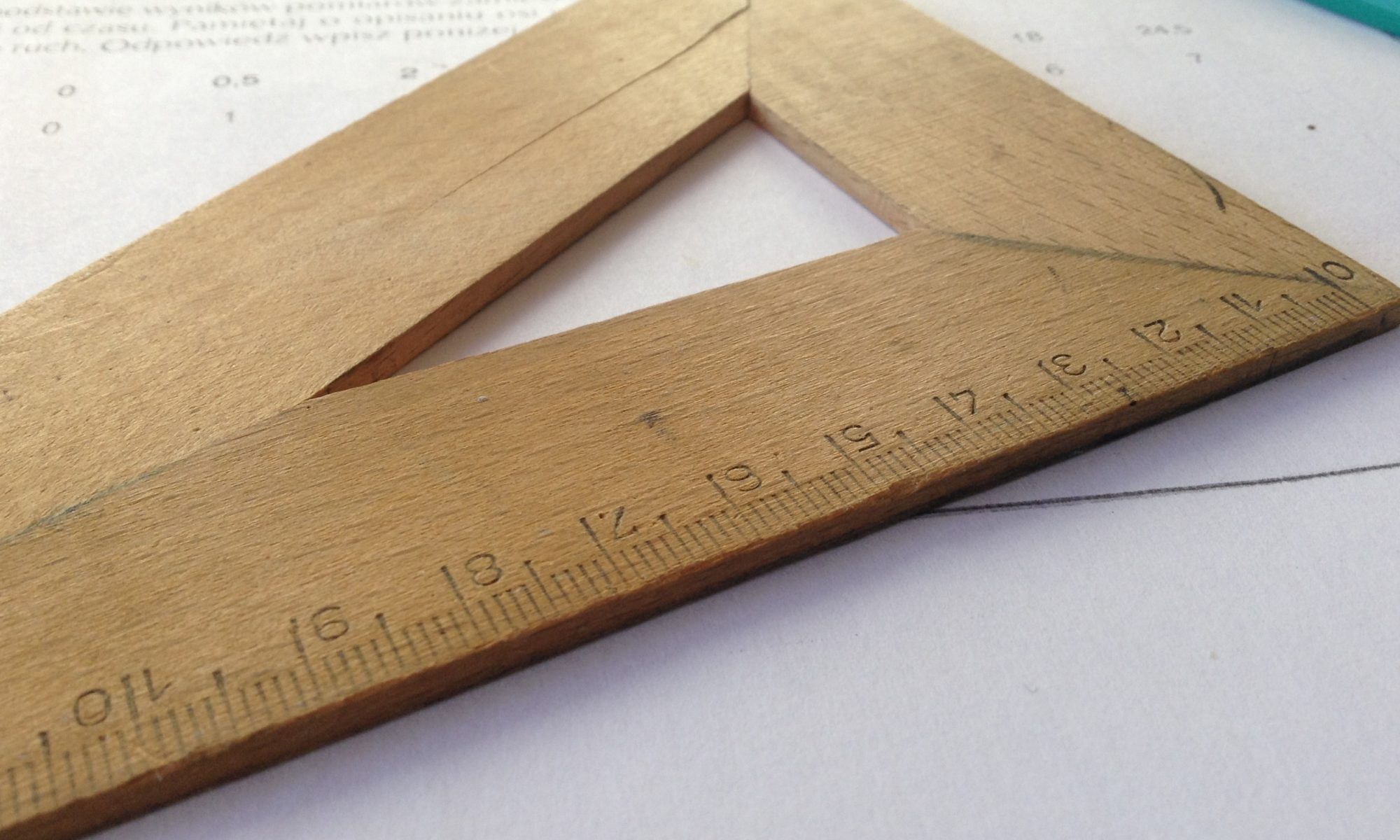For most children, studying begins in the classroom, in tuition class, and when they are doing their homework or revising at home. Once their studying time is over, they simply move on to relax without thinking about the concepts they have learned.
What if there was a way to keep children on the lookout for Maths in their everyday lives? When revising Maths with your child, whether at the Primary, Secondary, or JC level, it always helps to relate the concepts they learn to real-life applications. This helps to reinforce each subject and how it can be used in one’s everyday life, making it easier for the child to absorb content and apply it effectively. What are some common Maths topics that we often come across in our daily lives, and how can we use these applications to teach children JC Maths?
Money and Finance
With the advent of credit cards and digital payment methods, we may not need to spend so much time counting money or calculating the cost of items any longer. However, money is still one of the common examinable topics in Primary Maths word problems. To help your child get a stronger grasp on the technicalities of money, encourage them to immerse themselves in real-world applications of money. For example, going on grocery shopping trips together can be a great bonding experience as well as an effective way to teach children to count and save money.
Take this primary school Maths question as an example:
Jenny has 30 50-cent and 20-cent coins. She has a total of $9. How many 20-cent coins does she have?
HINT: Use the Assumption Method or Guess & Check
Answer: 20
Even at higher levels of Maths, finance is still an important topic. Students will be introduced to the concepts of interest, investments, and installments, to name a few. Understanding these concepts is not only imperative to scoring well in Secondary and Junior College Maths, but it also improves one’s financial literacy and better equips one to face the adult world.
Geometry
Geometry is all around the world we live in, from the architecture of buildings to the layout of the land. However, when students are learning about theories such as Pythagoras’ Theorem, they may find the content dry and wonder how these concepts can be relatable to their lives.
One of the most obvious applications of geometry and angles is in architecture. In Singapore, we can find all sorts of angles and shapes in the various buildings around us, from HDB flats to shopping malls and office buildings. Prompt your child to note down interesting angles they observe and whether these are acute, obtuse, or right angles. What do they notice about the shapes of most buildings? Here is a question for your child to try.
A tall tree AB and a building CD are standing opposite to each other. A portion of the tree breaks off and falls on top of the building making an angle of 30°. After a while it falls again to the ground in front of the building, 4 m away from the foot of the building, making an angle of 45°. The height of the building is 6 m. Find the total height of the tree in meters before it broke.
Source: CAT Trigonometry Exam
HINT: Use Sin and Tan of Angles
Answer: +21
Speed, Time and Distance
This key topic is first introduced to students in upper primary and later follows them through most of their school years. Even for those who have long graduated from school, speed, time and distance are still concepts we use all the time, be it while traveling to another country or simply walking to another spot in our homes. In secondary school, especially in Physics, students will learn about the vector velocity to replace speed, making it important to grasp the basics of speed, time, and distance as early as possible.
In addition to sharpening their Math skills, teaching children to be conscious of these values helps them to improve their time management. When they have a better idea of how long they will take to travel to a certain location, how fast they need to travel to get there, or even how much time they need to finish a task, they will become more aware of time and how to use it efficiently.
Probability and Statistics
A topic most only learns in higher level Maths, probability and statistics may seem simple at first, but soon branch into more complex territory especially for Junior College Mathematics.
For example, what is the probability of getting the same number on 2 dice 6 times only if I roll both of them together 12 times?
Ans: (924)
Fortunately, probability and statistics are very common problems in real life and children should be exposed to how concepts are applied in these situations. Of course, gambling and betting are obvious examples of how probability can be applied, but it may be best not to use these as teaching tools for young children. Sporting events can be another way to teach children about these concepts. Whether they are participating in the events or simply watching, ask your child if they can tell you what the mean, mode, and median scores are. What are the interquartile ranges for each round? Is the standard deviation large or small, and what does this say about the consistency of each player? These concepts are commonly tested in Maths papers and using real-world events to teach children can help them to internalize the terms better.




